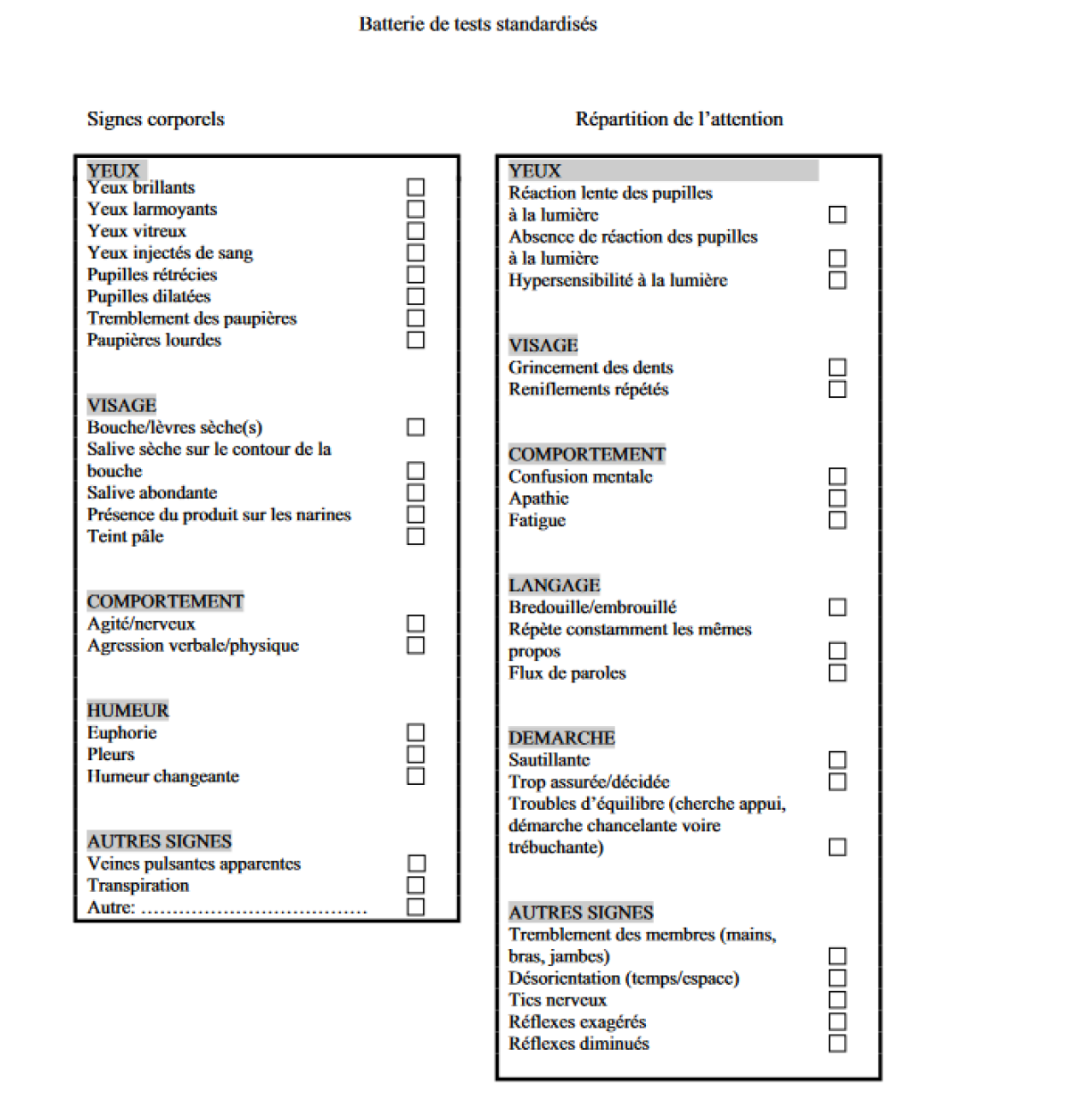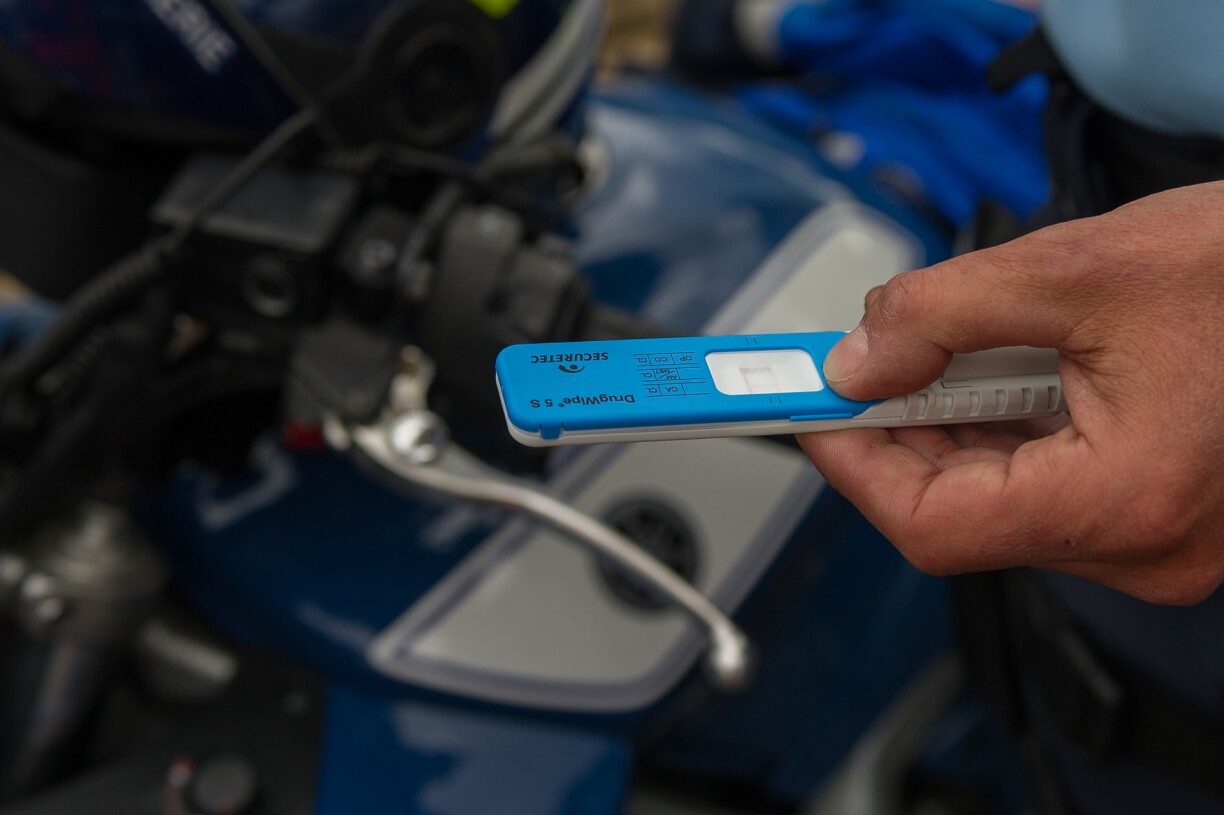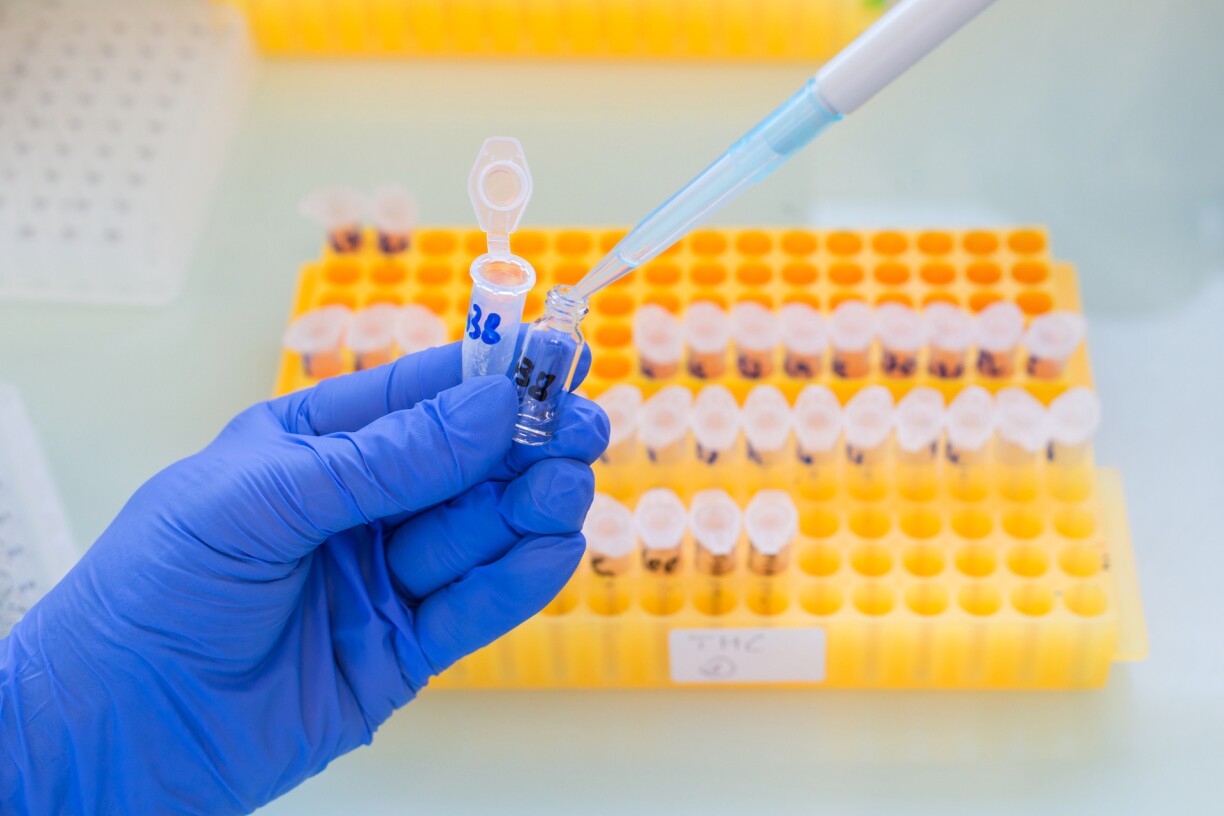
Since the vote in the Chamber of Deputies on Wednesday, it is official: cannabis is on the path to becoming a legal drug in Luxembourg, even if it is of course still far from being on the same level as alcohol, both in terms of legality and societal acceptance.
However, neither alcohol, nor cannabis or any other drug have any place behind the wheel of a vehicle – this should be evident to everyone. But what exactly does the law say, how do such checks work and what are the penalties? Because even if you can now legally consume cannabis at home, it would be a bad idea to get behind the wheel afterwards, even if the effect of the drug has long since worn off.
The police currently do not conduct systematic drug checks for drivers, as confirmed by the Ministry of Mobility and the police themselves. These tests are only administered when there are “clear indications” of drug use or in cases involving accidents resulting in injuries or fatalities.
Further reading: Everything you need to know about the new cannabis law

The testing procedure, as outlined in Article 12, paragraph 4 of the 1955 law, allows officers to conduct a series of tests when there is suspicion of drug impairment.
External indicators, such as glassy, watery, or red eyes, pupil size, dry lips, and euphoria, are assessed to confirm or dismiss suspicions of drug influence. These signs vary depending on the drug used and the user.

If sufficient external indications exist, a saliva or sweat test may be performed, with the choice of test determined by the police officer.
However, exceptions to this procedure occur when tests are ordered by the public prosecutor’s office, following serious accidents, if a person admits to drug use, is caught using drugs during the check (i.e., is caught red-handed), or is found in possession of drugs.
In such cases, a urine or blood test would be carried out immediately. This also applies if the saliva or sweat test is positive. Blood tests provide by far the most accurate results, including the measurement of THC levels in nanograms per millilitre of blood. The police were unable to provide the number of positive tests within a given period or the total number of tests conducted.
When asked about THC testing, the Ministry of Mobility told our colleagues from RTL.lu that it is crucial to maintain a specific threshold, similar to alcohol, when operating a vehicle. For THC, the legal limit is set at 1ng THC per 1ml of blood. The Ministry of Mobility stresses that this limit varies in terms of detection time among individuals. In addition, the Ministry strongly advises residents to refrain from driving under its influence, even if it is now legal to consume cannabis at home.
The problem lies in the fact that in Luxembourg, as well as in many other countries, the presence of THC in the blood is sufficient evidence to conclude that a person is under the influence of cannabis, regardless of the time that has passed since consumption. For most people, however, THC levels can still be detected in the blood for several days or even weeks in extreme cases, often far exceeding the legal limit of 1ng/ml.
However, the law disregards the fact that the individual is likely no longer impaired by cannabis. The mere presence of THC in the blood is deemed sufficient grounds for full penalties.
Penalties for surpassing the legal THC limit while driving, as stated in paragraph 1 of Article 12, encompass imprisonment ranging from eight days to three years and fines ranging from €500 to €10,000. The actual penalty amount is determined by the prosecution.
The law therefore clearly and exclusively adheres to the value of 1ng/ml, which, by the way, is practically the lowest detectable value in the blood. Detection time for THC levels exceeding this threshold can range from a few hours to several days. In urine, THC can even be detected for up to seven days. In other words, if someone consumes cannabis at the weekend, they might still be positive on Monday and break the law by driving. And if they are involved in an accident, this can and probably will lead to really serious problems for the person who was driving. The presence of THC-COOH, a metabolite of THC, can be detected in the body for weeks, particularly among regular cannabis users.

In addition, the effects of cannabis vary from person to person, and individuals may exhibit different THC levels despite consuming the same amount. Similar to alcohol, but with clear differences. For example, cannabis users who smoke weed regularly have a higher chance of having a higher blood level after using a joint than someone who smokes weed less often or almost never - Despite the fact that both had consumed the same amount of cannabis at the time of the check. As a rule, the THC-COOH level is significantly higher in regular users than in other people.
In contrast to alcohol, where a certain tolerance level exists based on body weight and drinking patterns, the THC testing is more limited in assessing driving competence, leaving users with minimal leeway. The correlation between blood alcohol concentration and its impact on driving behaviour is more certain and established compared to cannabis.
Therefore, it is currently advisable to refrain from driving for 1-2 days after consuming cannabis to avoid potential legal complications, as THC is metabolised at a slower rate.
The approach and frequency of police checks are currently not expected to change as these regulations remain independent of the new cannabis law, according to the police.